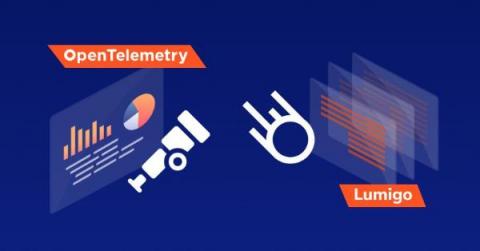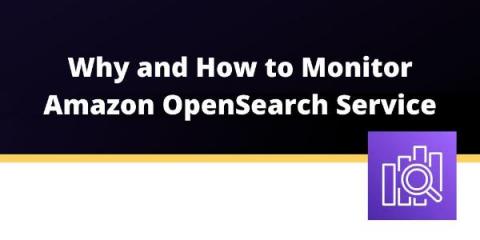Operations | Monitoring | ITSM | DevOps | Cloud
Latest News
Fargate Vs. Lambda: The Last Comparison You'll Ever Need
Using Lumigo OpenTelemetry Distributions with other backends
When we set out to trace applications running outside of AWS Lambda, there was little doubt in our minds that building on top OpenTelemetry was by far the best course of action. There are many reasons for this, but chiefly, it is a question of coverage. At its most fundamental level, achieving coverage requires as-wide-as-possible support for technologies, and interoperability among instrumentations.
Azure VM health monitoring - what's right for you?
Why and How to Monitor Amazon OpenSearch Service
Some time ago, AWS forked ElasticSearch, the most popular search engine on the planet. They had some struggles with the maintainer of ElasticSearch and decided it was time to part ways. So, with OpenSearch, there is now a new kid in town. Well, not new, but at least some kind of alternative.
Defining and measuring your SLIs and SLOs
Customers expect that online services are available all the time. The truth is that outages happen to almost everyone because providing 100% service availability is challenging and costly. Creating reliable and profitable service is, amongst other things, finding the balance between application availability, costs and time to market. Faster feature delivery means less availability as constant changes to production may cause issues and introduce bugs.
Logic App Best practices, Tips, and Tricks: #16 roll back to a previous version of an Azure Logic App Consumption
Logic App Best practices, Tips, and Tricks: #15 get the error message
Seamlessly Secure Your Cloud-Native Applications with D2iQ + Aqua
As businesses embrace cloud-native application development as a basis for modernization, the shift creates significant security challenges. D2iQ has partnered with Aqua Security to enable organizations to create a seamless DevSecOps experience that accelerates the deployment of secure smart cloud-native applications to prevent and foil cloud-native cyber attacks.











